As technology advances, so does the way we connect. That’s why it’s important to understand the transition from the old physical SIM cards to the newer eSIM and iSIM technologies. In this eSIM vs. iSIM comparison, we will explain how they differ, their benefits, what they are used for, and, finally, which one is better suited to your needs.
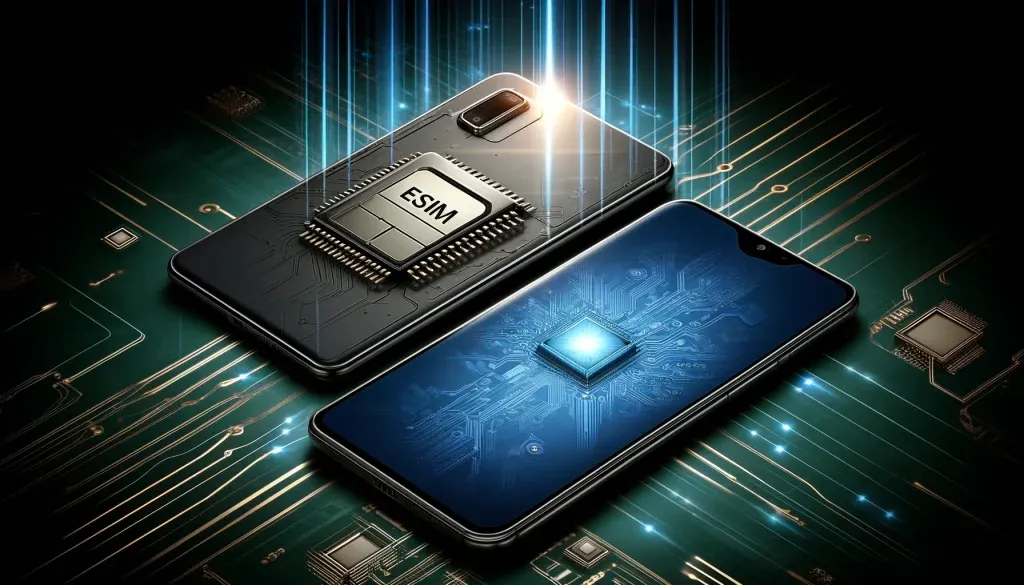
In this article:
- Overview of Integrated SIM Technology
- eSIM
- iSIM
- Choosing the Best Fit: eSIM vs iSIM Comparison
- FAQs
Overview of Integrated SIM Technology
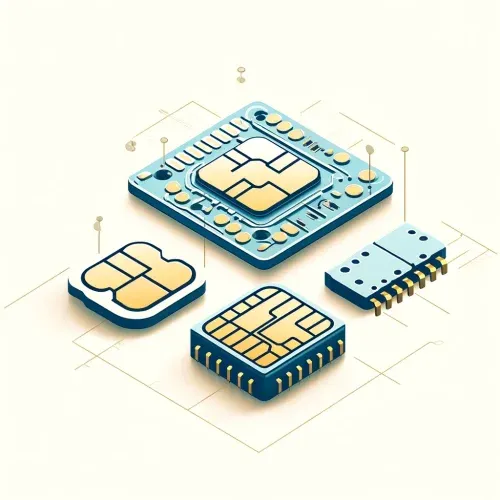
SIM (Subscriber Identity Module) technology has come a long way. It is a key basic aspect and the cornerstone of mobile connectivity. The regular SIM is a small card in the consumer device that carries the subscription from the service provider. This allows the device to use it in the authentication and connection processes. That has worked so far, but regular SIMs have their drawbacks They need to be replaced regularly and don’t support multiple carriers.
For this reason, human technology has evolved to eSIM and iSIM, which do not require a physical card. For instance, an eSIM is an embedded chip in devices that can be remotely managed and reprogrammed. This makes it changeable for users without needing a new SIM card, benefiting IoT devices and smartwatches.
The iSIM, or integrated SIM, goes one step further. It is in the device’s chipset, which gives it more security and uses less space than its rival. For very compact devices, it is ideal. The Soft-SIM technology is completely software-based. It gives flexibility in design to be economical. But, it has more security risks compared to not using hardware.
eSIM
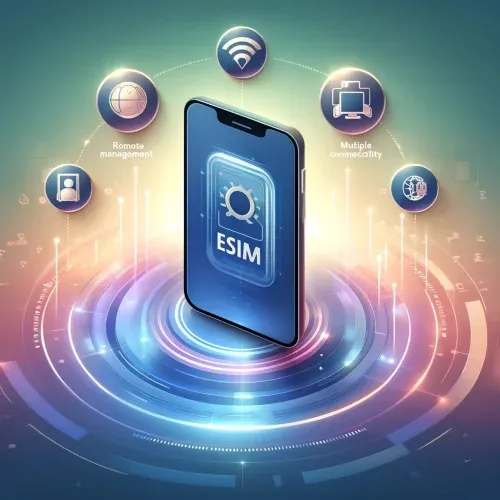
Advantages of eSIM
This technology comes with multiple advantages compared to traditional SIM cards. One of the key benefits is the ease of changing carriers using the same physical SIM. For example, this allows travelers to switch between countries and easily access different network services.
An added benefit of eSIM is that it is stored in one device. This lets users easily switch between their personal and work profiles. eSIMs bring another advantage—they cannot be lost or damaged like physical SIM cards.
Uses of eSIM
eSIMs can be integrated into most modern cell phones, smartwatches, and even other IoT devices. The possibility of remote management makes them perfect for devices that are not easily reachable. eSIMs are also used for connected cars in the automotive field, servicing navigation, entertainment, and emergency calls For a detailed comparison, please see this benchmark.
eSIMs enable the healthcare sector to track medical equipment in real-time, ensuring uninterrupted connectivity and data transfer. Moreover, in the case of industrial IoT, eSIMs enable companies to manage large fleets of devices, reducing costs. You can learn more about how the healthcare sector is using this technology.
iSIM
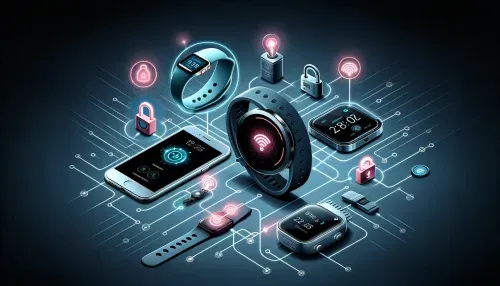
Advantages of iSIM
The eSIM concept uses iSIM technology, integrating all the features of a SIM directly into the device’s chipset. This saves a lot of space and fits well into the small design of the device. As a result, this increases security, as the SIM is integrated into the processor and is tamper-proof. For more information about iSIM and its advantages have a look at this article.
A third important advantage of iSIMs is efficiency. They can be put directly into devices without a separate SIM, making the devices cheaper to produce. This integration saves energy and power, which is crucial for battery-powered IoT devices.
Uses of iSIM
iSIMs turn out to be very handy when space is a critical factor and the security requirement is very high. This technology is used in the consumer electronics industry. In addition, it is used in smartwatches, fitness trackers, and other wearables. Their compact size and powerful capabilities make them useful for that.
The enterprise sector is also adopting iSIMs. They use them for secure corporate communication and managing devices remotely. In addition, they provide businesses with a secure way of deploying large numbers of connected devices.
iSIMs are also used in smart locks, cameras, sensors, and other devices in the smart home ecosystem. They are excellent for some applications because of their small size and low power consumption. They help maintain a sleek design with a long battery life. Learn more about the use of iSIM in smart home devices.
Choosing the Best Fit: eSIM vs iSIM Comparison
Here is a comparison of the key features and benefits to understand how eSIM vs iSIM differ.
| Feature | eSIM | iSIM |
| Physical Component | Embedded chip within the device | Integrated into the device's chipset |
| Space Requirement | Requires a small chip | Requires no additional space |
| Security | More secure than traditional SIM cards | Highest level of security, tamper-resistant |
| Carrier Switching | Remote management and reprogramming | Remote management and reprogramming |
| Applications | Smartphones, smartwatches, IoT devices | Wearables, smart home devices, industrial IoT |
| Cost | Slightly higher due to the chip | Potentially lower due to integration |
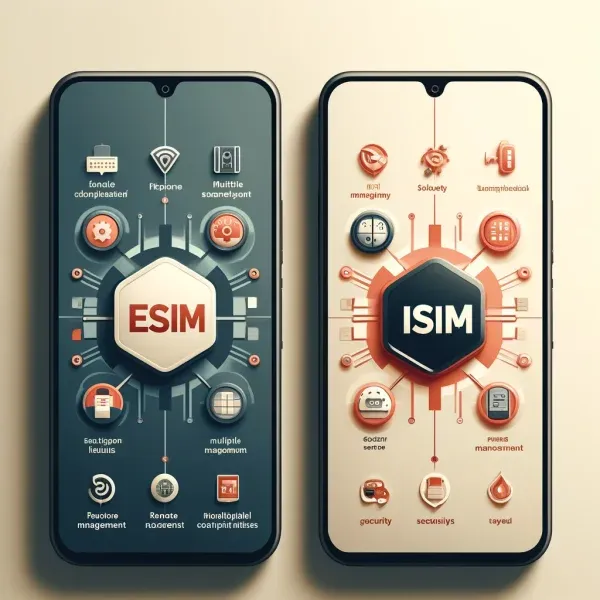
Both eSIM and iSIM deliver users plenty of benefits beyond traditional SIM technology itself. Due to its flexibility and ease of use across a wide range of consumer and IoT applications, an eSIM stands out as the ideal solution. But iSIM offers even greater advantages. It enhances security and saves space by integrating the SIM directly into the chipset of a device.
When it comes to choosing between eSIM and iSIM, you have to consider exactly what you want. Opt for an eSIM if you want flexibility and, at the same time, ease of management over long distances. On the one hand, an iSIM may be more suitable if you need secure and space-saving storage, especially for small or portable devices.
Once you have all the facts, then you can make an informed decision. It should be based on the differences between eSIM vs iSIM. This way, your connectivity needs will align perfectly with personal, business, or IoT applications.
FAQs
What is the key difference between eSIM and iSIM?
The only big difference is that the eSIM is just a chip inside a device, the iSIM is part of SIM functionality built into the chipset.
Can the device use both eSIM and iSIM?
Most of the devices are designed to either support eSIM or iSIM, but not both in the same device.
Which of the two is more secure, eSIM or iSIM?
iSIM is graded as more secure because it has the SIM functionality built into the chip of the device. This makes it tamper-resistant.
Does eSIM have wide availability, and is iSIM widely supported?
eSIM is widely availability and can be found in most modern smartphones and IoT devices. iSIM, on the other hand, is a newer technology that is just beginning to be adopted.
Is it possible to change carriers with eSIM and iSIM?
Both eSIM and iSIM are remotely manageable and reprogrammable. So, it should be very easy to switch carriers without physical retrieval.
Which one is more affordable: eSIM or iSIM?
In this case, iSIM may be cheaper in the long run. It is built into the chip, which reduces fabrication and upkeep costs.
